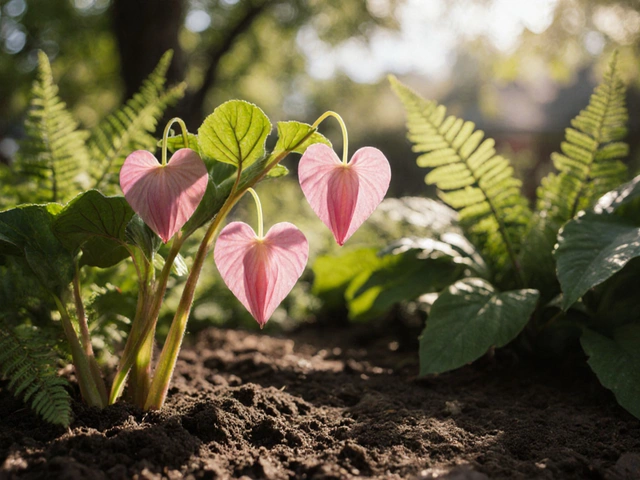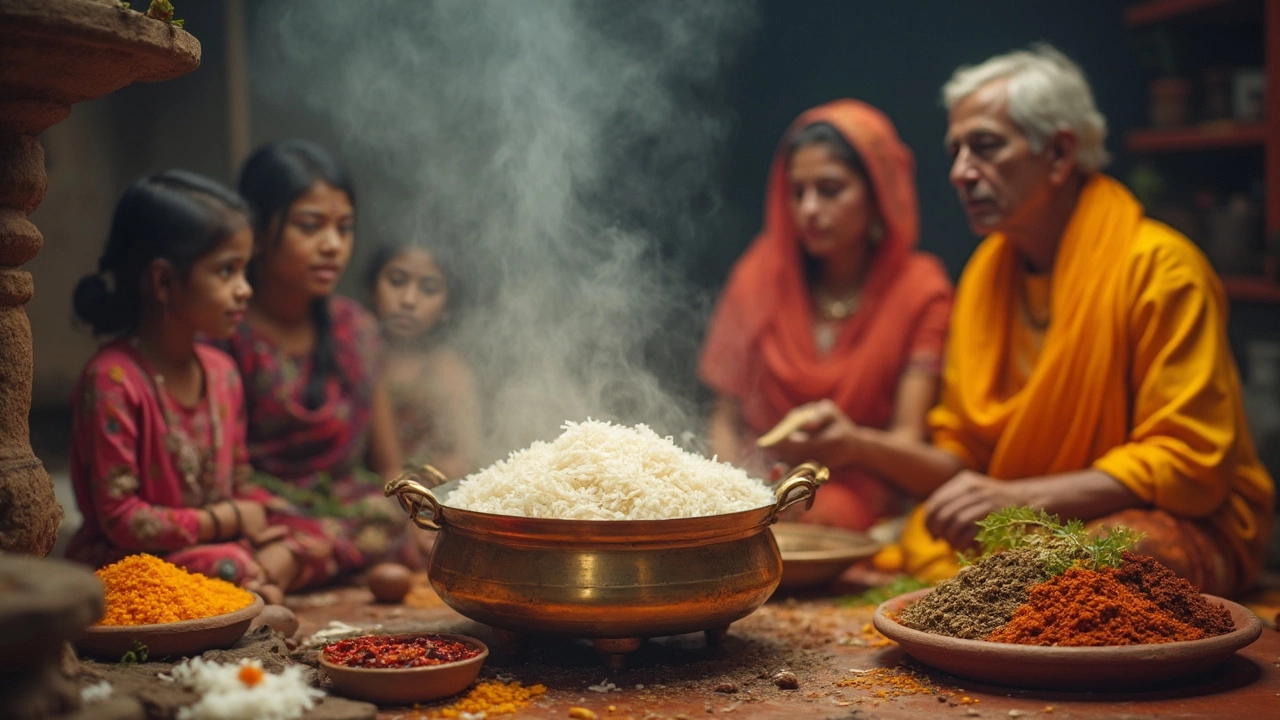Cooking Rice Made Easy: Practical Tips and Useful Facts
Ever wondered why some rice ends up fluffy while the rest turns mushy? The answer isn’t magic – it’s about a few simple steps that anyone can follow. In this guide we’ll walk through the basics of cooking rice, share quick tricks for perfect results, and sprinkle in some cool facts about how rice grows. By the end you’ll feel ready to tackle any rice dish without a second‑guess.
Step‑by‑Step Basics for Fluffy Rice
First, measure your rice and water. A common rule is 1 cup of dry rice to 1.5 – 2 cups of water, depending on the grain. Long‑grain basmati likes a little less water, while short‑grain or sushi rice needs a bit more. Rinse the rice under cold water until the water runs clear – this washes away excess starch that can make the pot sticky.
Next, bring the water to a boil, add a pinch of salt, then stir in the rice. Once it’s boiling again, lower the heat to a gentle simmer, cover the pot, and let it sit. Most white rice cooks in 15‑18 minutes; brown rice needs about 35‑40 minutes. Resist the urge to lift the lid – the steam does the work.
When the timer’s up, turn off the heat, keep the lid on, and let the rice rest for 5‑10 minutes. This extra steam makes the grains separate nicely. Fluff with a fork, not a spoon, to keep the texture light.
Quick Tricks for Better Results
Use a heavy‑bottomed pot or a rice cooker if you have one – they distribute heat evenly. If you like a nutty flavor, toast the rice in a little oil for 2‑3 minutes before adding water. For extra aroma, drop a couple of whole spices like a cinnamon stick or a bay leaf in the pot.
Storing leftover rice? Cool it quickly, then keep it in the fridge for up to 4 days. Reheat with a splash of water, cover, and microwave for a minute. This prevents the rice from drying out.
Now that the cooking part is covered, let’s talk rice from the ground up.
Fun Facts About Rice Growth
A single rice plant can produce anywhere from 100 – 200 grains, depending on variety and conditions. Under ideal Indian paddies, a good plant can yield about 150 grains, which adds up to roughly 20 kg of rice per 100 m². Understanding the yield helps you appreciate how much effort goes into each bowl.
Rice thrives in well‑drained, loamy soils with a pH between 5.5 and 7.0. If you’re curious about growing your own, start with a small plot of clay‑loam mixed with organic compost. Keep the field flooded for most of the growth period – the water layer protects seedlings from pests and weeds.
Knowing the basic science makes cooking feel more connected. When you scoop a cup of dry rice, you’re actually handling about 7 – 8 hundred grains. After cooking, that cup expands to roughly three cups of fluffy rice – a handy ratio for meal planning.
Ready to try a quick recipe? Cook 1 cup of basmati with 1.5 cups of water, add a teaspoon of ghee, a pinch of cumin, and a handful of peas. Let it steam, fluff, and you’ve got a simple, aromatic side dish in under 20 minutes.
Whether you’re a beginner or a seasoned home cook, mastering rice is about confidence in the basics and a little curiosity about the plant itself. Use these tips, experiment with flavors, and enjoy every bite knowing you’ve nailed the staple that feeds half the world.
How Much Rice Does 2 Cups Uncooked Make: A Deep Dive into Rice Cultivation
Ever wondered how much cooked rice you get from 2 cups of uncooked rice? This article explores the answer while delving into fascinating aspects of rice cultivation and cooking. Discover how rice expands during cooking and why it's a staple in kitchens worldwide. Learn useful tips on making the fluffiest rice and uncover some interesting rice facts you might not know.
Unlocking the 5 5 5 Rule in Rice Cultivation
Discover the 5 5 5 rule for cooking rice, a simple yet effective strategy to achieve perfect rice every time. This article explores the significance of this rule in rice cultivation, offering practical tips and insights. Learn how this method affects water management and nutrient balance, crucial elements for thriving rice crops. Dig into the science behind the rule and find out how to apply it for both small and large-scale production. Whether you're a home gardener or a farmer, master the 5 5 5 technique to maximize your rice yield.
About
Rice Cultivation
Latest Posts

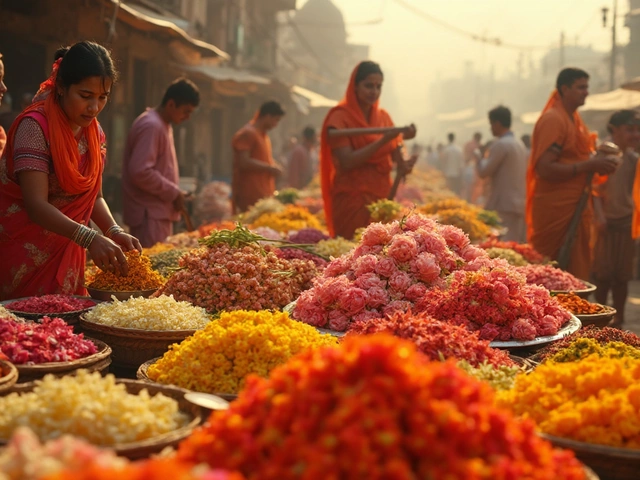
Which Flower Is Most in Demand in India? Digging Into the Popular Choices
By Alden Thorne Apr 30, 2025
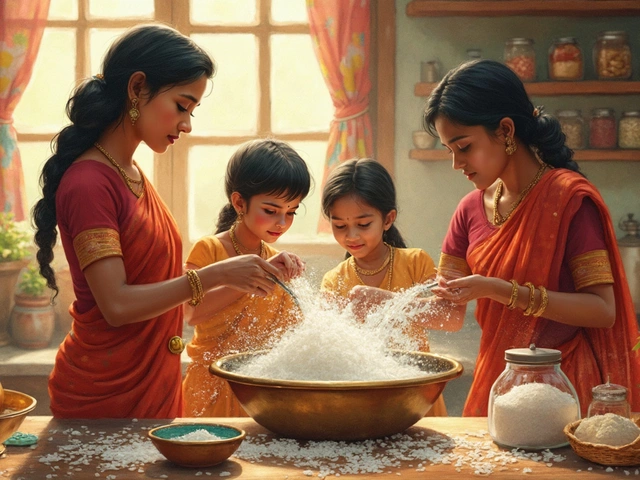
Why Wash Rice Before Cooking? The Real Reasons Revealed
By Alden Thorne Jun 20, 2025
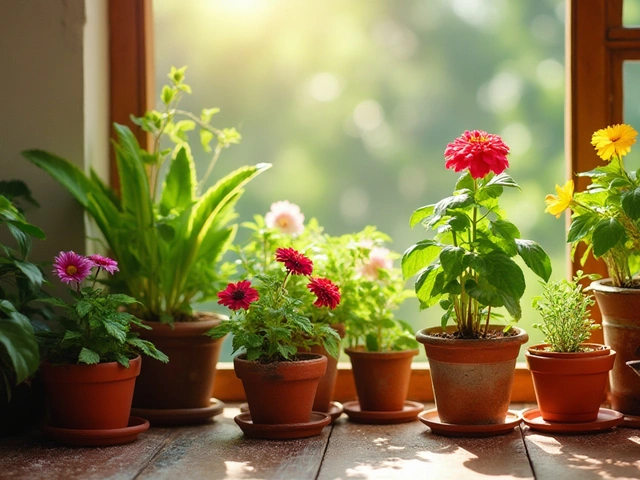
Using Epsom Salt for Indoor Plant Care: Benefits and Tips
By Alden Thorne Dec 23, 2024
